
Just as there are many subcategories for cars, the same applies to the leather jacket! When someone asks, “Which car did you get?” the normal response isn’t usually, “Oh, I got the new metal car.” I mean, yes, that is accurate. Your car is indeed made of metals. However it sounds overbearingly simple and odd.
While it isn’t expected of anyone to know every single detail about leather jackets (unless you are a fashion designer), it would be nice to know what style you are wearing. Let's familiarize ourselves with the most common types of leather jackets, so that when someone asks, you can respond with confidence and expertise.
One last side note: all of these are styles of jackets. Each of these styles can come in different fabrics and weaves such as merino wool or silk.
1. Moto
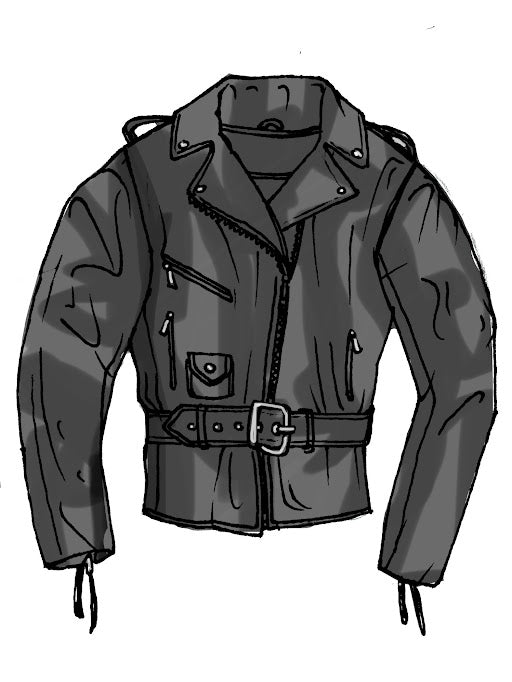
The most iconic leather jacket is the Moto Jacket, Moto being short for “motorcycle.” The most common identifiable features are those of the snap closures along the collar and the angled zip closure along the chest.
The collars are snapped into place to avoid getting whiplash when riding at high speeds. Without these snaps, the collar will flail along your neck, causing some serious friction burns. The angled zip closure along the body grants more protection of the body in cases of collision with debris, plus extra warmth in colder weather.
While its original purpose was solely for practicability, it has now been adapted into mainstream fashion trends. Primitively made solely of leather, it is now featured in haute couture with suede, and vegan leathers.
2. Racer
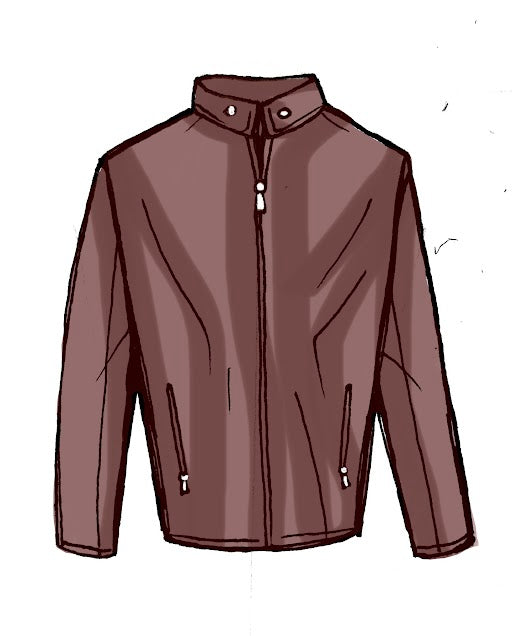
Just as the motorcycle jacket was created with practicality in mind before it became a trendy closet piece, so too is the racer jacket. The intent of a leather Racer is to protect the body and is specifically designed to increase speed, hence the simple, form-fitting design. The snap collar protects the neck and decreases the amount of wind friction.
3. Flight
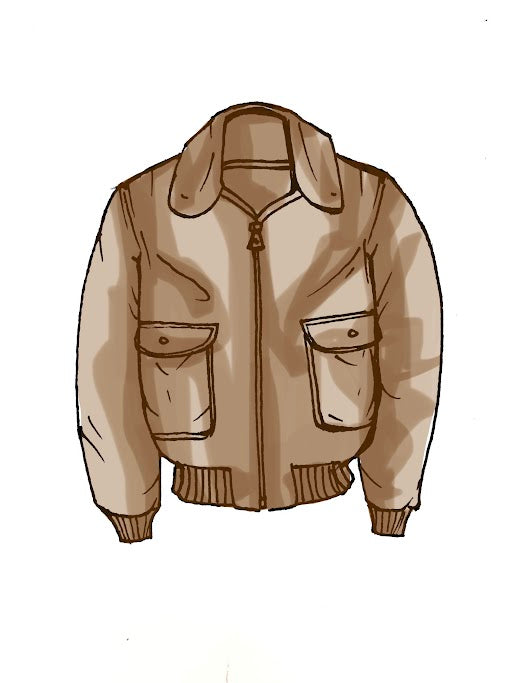
The flight jacket, also known as The Bomber jacket because of its use by bomber pilots in WW1, is now a national fashion icon. It is cuffed around the wrists and has a form fitting waist for optimal movement, along with large quilted interiors and leather shells for warmth.
Most vintage jackets had two large pockets on each side & fur or leather oversized collars that provided extra warmth, while most modern imitations opt out of these features.
4. Duffle
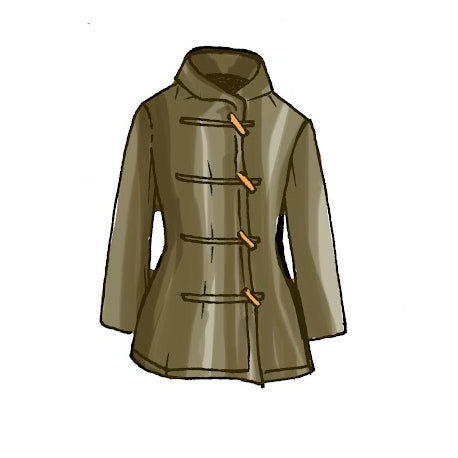
Duffle Jackets are a basic coat, usually upper thigh length, that “were made by an Englishman, outerwear manufacturer John Partridge, who developed them in the 1850s” according to Toast. What makes a duffel a duffel is the toggle closures that are used to keep the jacket closed and insulated, and the simple hood. The original Duffle was made with waterproof materials and was well insulated for cold rainy days. Later on, the duffel was adopted worldwide as the go-to maritime coat.
5. Wrap
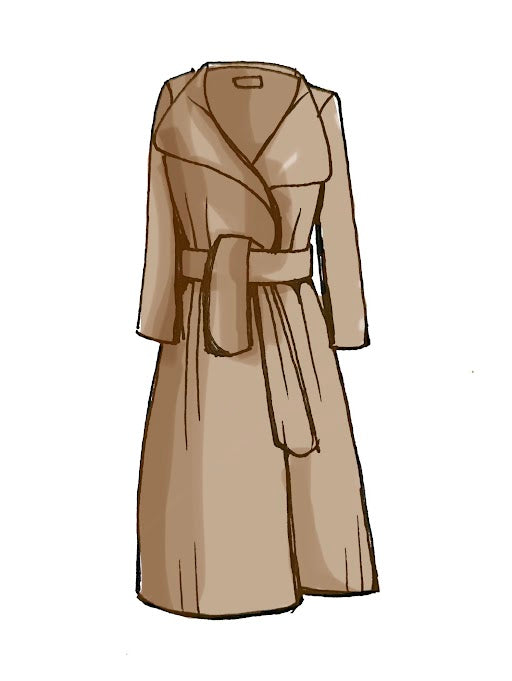
With the wrap coat, the only closure is that of a belt, usually closed by knot. The collar is open-faced and can be manually used to cover one's neck when it's chilly outside. Less for practicality, and more on the end of haute couture, this jacket is something commonly found in women’s closets and adds a touch of class to any outfit.
6. Cape
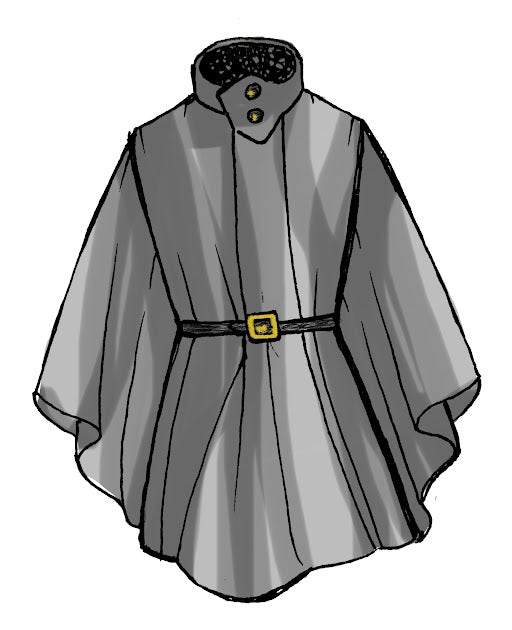
It is a rare sight to see a leather cape unless it is on a runway, however they do indeed exist. More often than not, the cape comes in black if made of leather and is used for fashionable trends versus actual warmth (although you should most definitely not wear this in the summer unless you wish to be baked alive).
The cap features a closure on the front or it is a slip-on garment. There are two openings where the arms go and the sleeves blur in with the body of the garment, creating an illusion that there are no sleeves at all.
7. Capelet
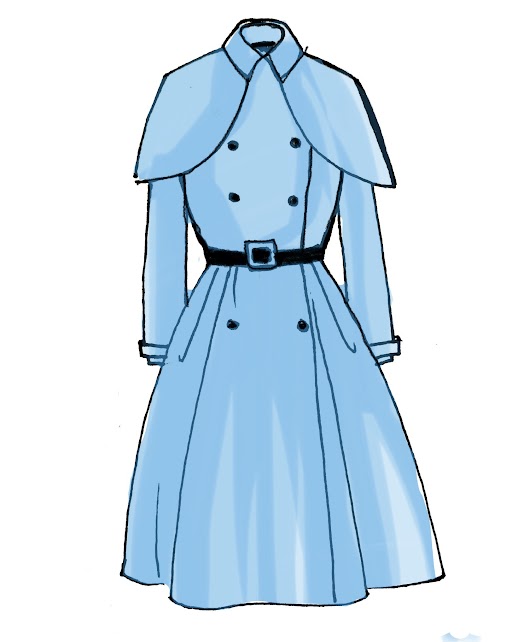
What makes this jacket so unique is the shoulder protectors and waisted fit. Some variants of this jacket include ones where the shoulder “cape” falls along the waist. The difference between these variants and the cape jacket is that the Capalete actually has sleeves. It is a very classic timepiece and will turn any outfit into an elegant style.
8. Car

During the modernization and implementation of the car into everyday use in the early 1900s, women wanted a protective coat to cover them and their dresses when entering the vehicle. Nowadays, you don’t really have to worry about excess fumes stinking up your clothing. But back then, it was an issue. Fun fact, if you see old cars with vases in the corners of the car, that was to put flowers in so that it smelled ‘better.’
9. Frock

This is very similar to the overcoat, however the major difference is that it is form fitting. It is also usually characterized by its oversized collar and breasted buttons. According to V&A the frock coat originated in the United Kingdom around 1820. It is still a classic and is often confused with the overcoat (they are almost identical/) One could easily wear an oversized Frock coat and one could confuse it for an overcoat.
10. Peacoat
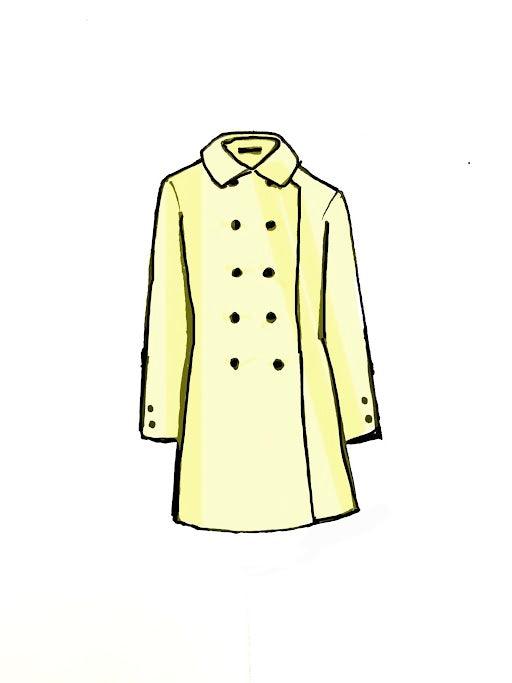
This jacket is perfect for Springtime and Fall weather, it is not as long nor as heavy as an overcoat. Meaning that it will provide minor warmth in comparison to its counterpart. Also, the Peacoat usually ends right below the hip. It is by far the most common type of jacket that is known and purchased mainstream, usually in cotton or wool blends.
11. Princess

This jacket, with its fit and flare style, was established in the 50’s. Unfortunately however, it does not originate from a princess style coat but rather from a store in San Francisco, under the “The Lilli Ann label” according to She Sews Happiness.
12. Reefer
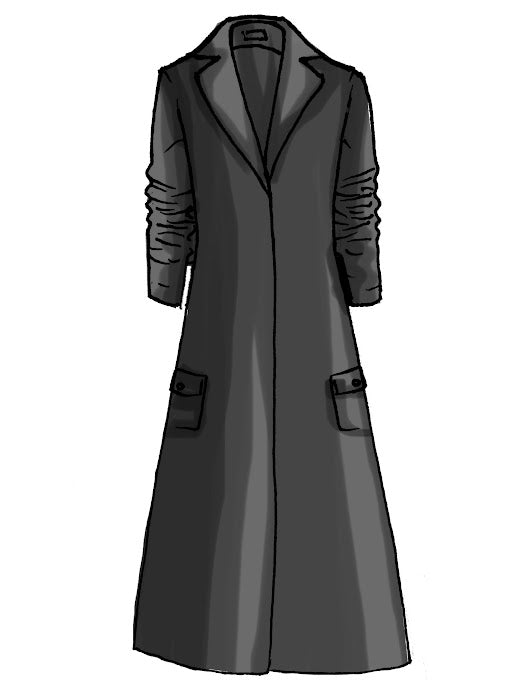
We have the United Kingdom to thank once more for this iconic fashion piece. As Montgomery England explains, “originally used by ‘reefers’ in the British Navy.” Most commonly this jacket is made of very thick wool for extra warmth, but other variations include long cuts with leather fabric.
13. Swing
The Swing coat was most popular in the 60’s and 70’s here in the United States. These jackets are form fitting at the shoulders, and do not fit to form at all. The larger hems create a “circle” look, making it look like a hula-hoop, giving it the name of the swing jacket. It was very popular for pregnant mothers, and still is to this day.
14. Double Breasted Trench Coat

The trench coat has a bitter story attached to it, as one can imagine given the name. Originally created for soldiers, the trench coat was considered practical and uniform. The material was heavy and waterproof. The belt provided that uniform look, along with extra closure. The pockets allowed for ease of access, especially to cigarettes in pictures of loved ones.
Burberry takes credit for the original blueprints of the jacket, and while it did provide great use, remember their original purpose.
15. Single Breasted Trench Coat
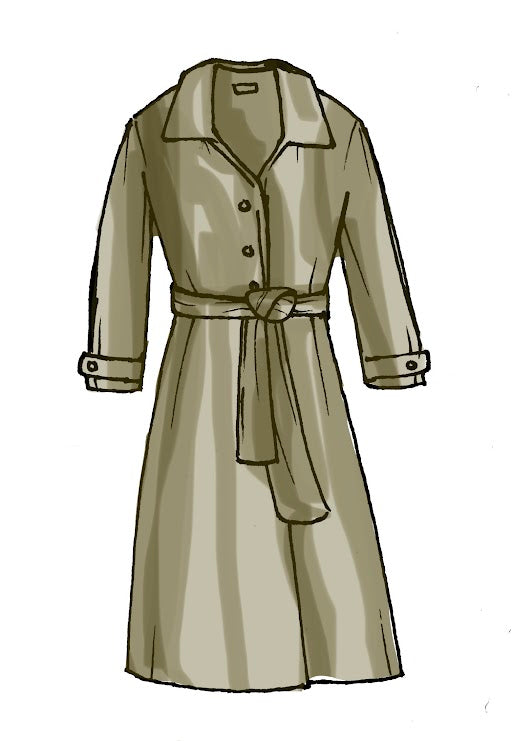
The only difference between the single breasted and double breasted trench coat is that of the buttons. A single breast has 4 parallel buttons while the double has 6.
16. Topcoat
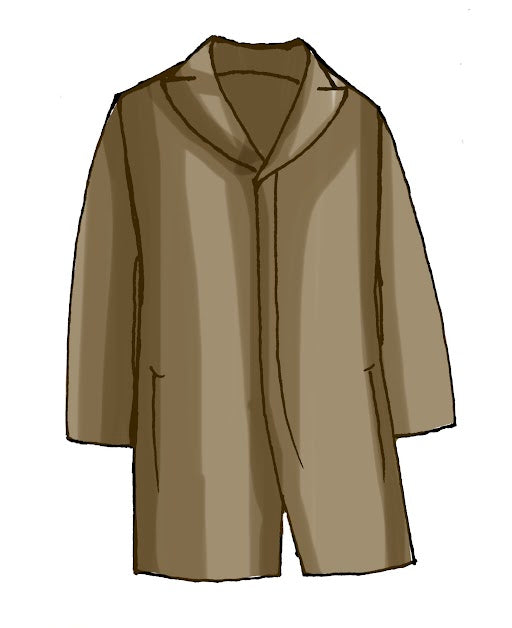
This is a lightweight version of the overcoat. It can come in many styles but is often made with lighter fabrics and is intended for mild winters.
17. Overcoat
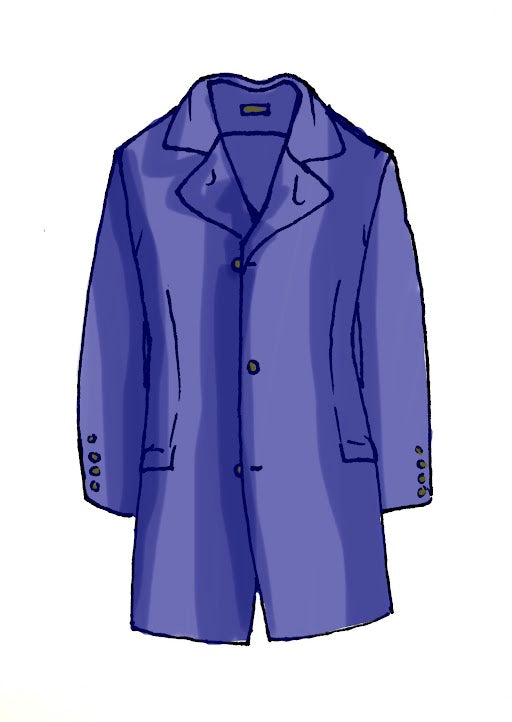
This is the one that we have been mentioning throughout this entire article, the famous overcoat. This jacket/coat comes in many styles but the main one reaches down to knee level and usually has a simple collar. It can be double, single or unbreasted and is meant to be the outermost garment. It is composed of thick wool to provide abundant warmth during winter days.
Knowledge is a skill, an now you are equipped with the information you need to answer the question, "What jacket are you wearing?" with confidence and expertise.
